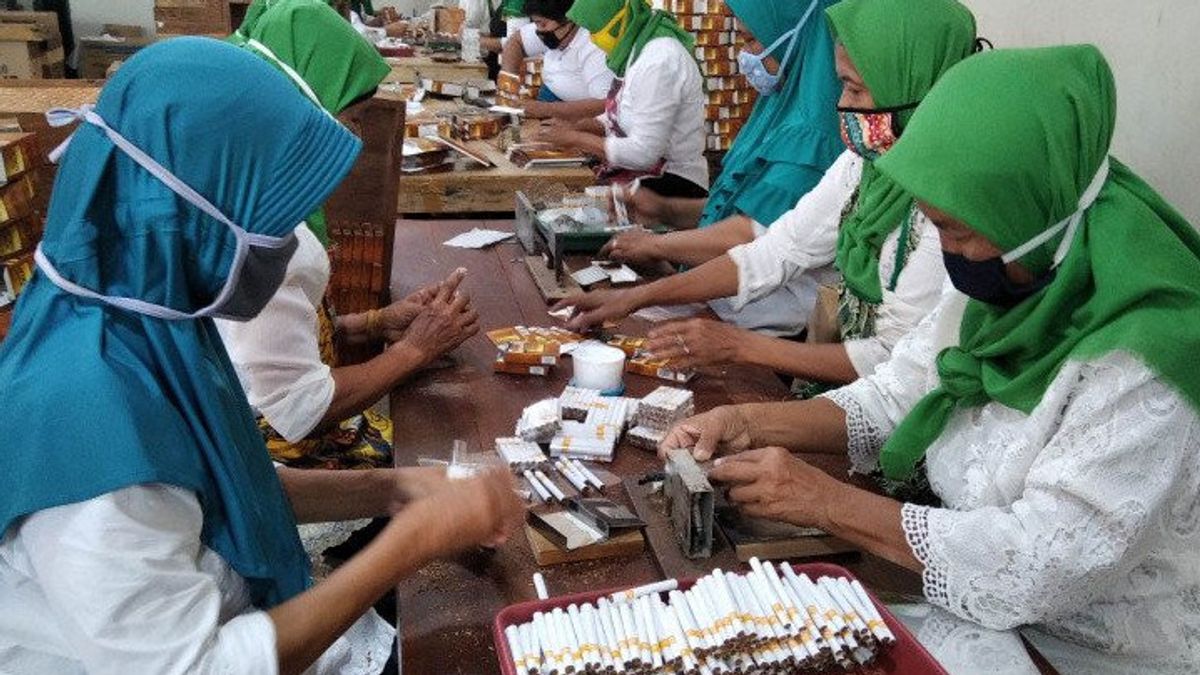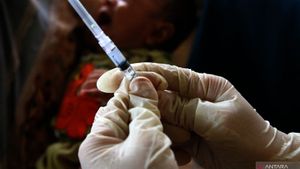JAKARTA - Head of the Lentera Anak Foundation, Lisda Sundari, assesses that the policy of increasing tobacco excise rates is considered not optimal in reducing the prevalence rate of child smoking.
"If the excise policy does not have an impact on tobacco control, the policy on limiting retail selling prices (HJE) must be encouraged and studied. Because no matter how much cigarette excise increases, if the cigarette price is still low, it will certainly be affordable," Lisda said as quoted by Antara, Wednesday February 3.
Lisda said, there has been no significant progress or development regarding the impact of tobacco control policies. In the 2015-2019 National Medium-Term Development Plan (RPJMN) the government targets child smokers to fall to 5.4 percent, but it turns out that the 2018 Basic Health Research (Riskesdas) actually shows that child smokers aged 10-18 years have increased to 9.1 percent or 3, 2 million people.
According to Lisda, this should be an evaluation for the government that protecting children and society from cigarettes must be with strong rules and regulations to control cigarette consumption.
"Both in terms of affordability, price, promotion, it is still very unprotected. So even though every year it is said that cigarette excise is increasing, in reality the price of cigarettes is still affordable," said Lisda.
Meanwhile, researcher from The Prakarsa Herni Ramdlaningrum said cigarette excise would ideally cause cigarette prices to rise. However, in the context of the cigarette industry this does not automatically apply.
"So maybe the cigarette tax has increased, but the price of cigarettes is not a significant increase. People have a substitute for other types of cigarettes," said Herni.
The Ministry of Finance's Fiscal Policy Agency (BKF) predicts cigarette production will fall by 3.3 percent this year after the government raises the weighted average tobacco excise rate (CHT) by 12.5 percent on February 1, 2021.
The BKF predicts that the prevalence of adult smoking will drop to 32.3 to 32.4 percent and children and adolescents to go down to 8.8 to 8.9 percent. In the 2020-2024 Medium-Term Development Plan (RPJMN), the smoking prevalence rate for children is targeted to reach 8.7 percent by 2024.
The English, Chinese, Japanese, Arabic, and French versions are automatically generated by the AI. So there may still be inaccuracies in translating, please always see Indonesian as our main language. (system supported by DigitalSiber.id)









